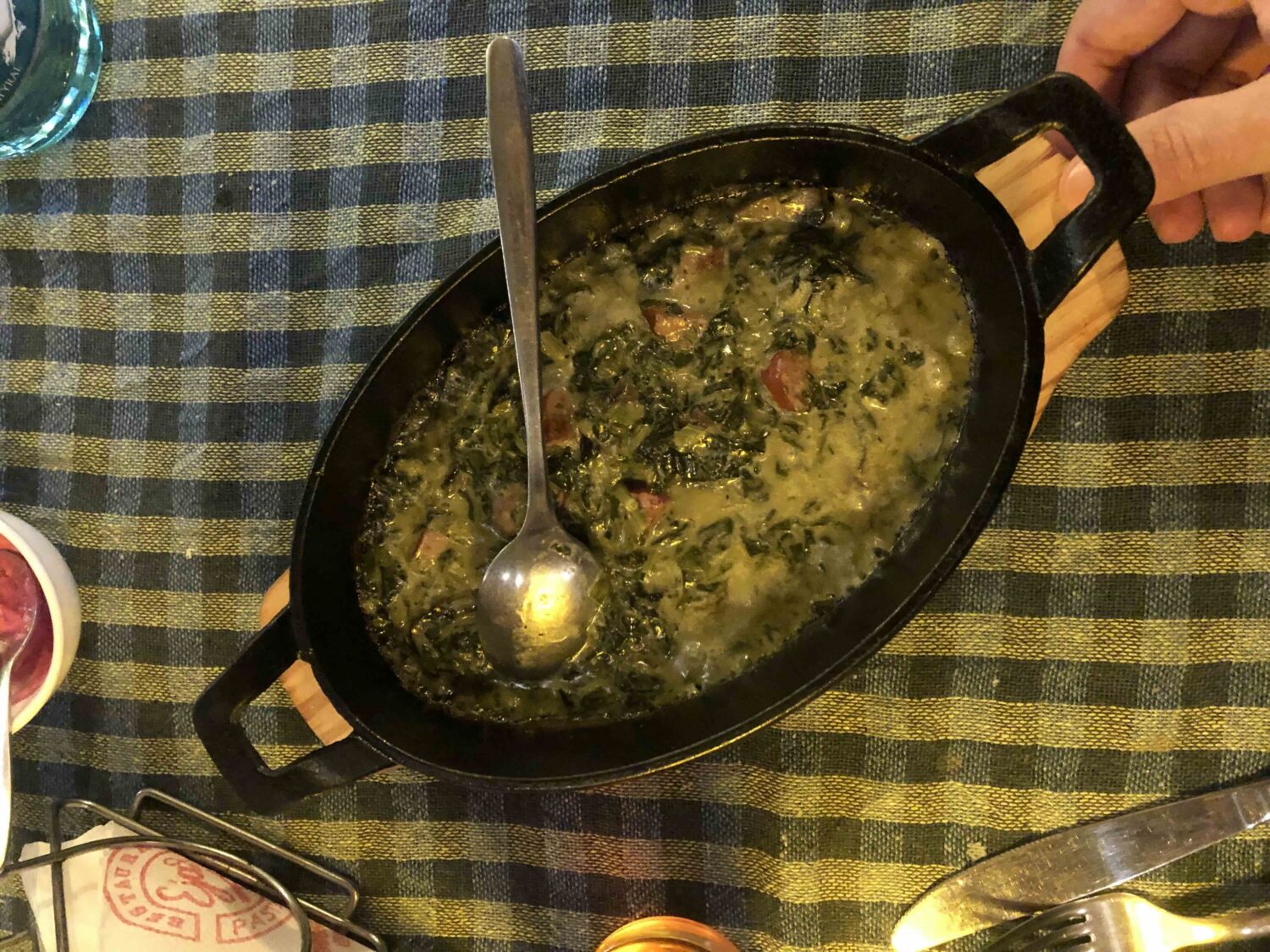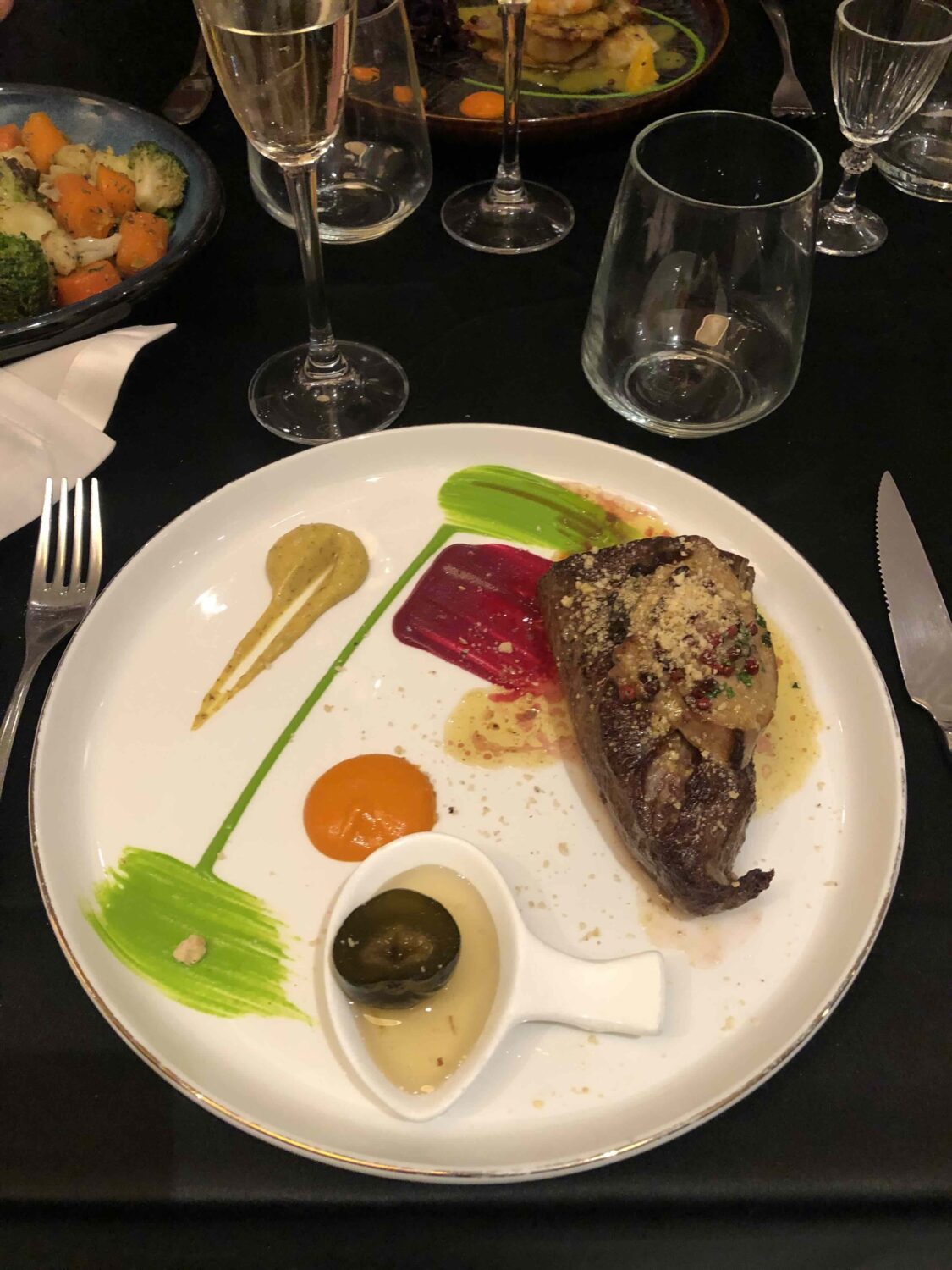Tirana and Durres: The Places to be in Europe Right Now
By Lorenzo VillaIf there’s one country in Europe quietly roaring toward an economic boom, it’s Albania. Over the past decade, continental investors and sun-seekers alike have discovered this Balkan upstart, enticed by its untapped potential and warm hospitality. Perched on the Adriatic with toes dipped in the Ionian, Albania is just a 45-minute ferry hop from Corfu—and on clear summer days, you can even glimpse Italy’s Puglia across the sea. After centuries of invasions and dictatorships, the nation is finally savoring its golden moment.

This vibrant pastiche of influences—Turkish, Greek, Italian, Slavic—still pulses with a fiercely independent beat. From Skanderbeg’s mid-15th-century stand against the Ottomans to the November 28, 1912 declaration of sovereignty; from fascist occupation in 1939 to forty years under Enver Hoxha’s communist grip; through the mass exodus of the early ’90s and the 1997 “Albanian Anarchy” that brought in UN peacekeepers—Albania’s history reads like a thriller. Yet through every chapter, its language (one of the few in Europe outside the Romance and Slavic families), and that unmistakable national swagger have endured, proving that no conqueror nor crisis can dilute a spirit this stubbornly, cleverly proud.
And food, of course, isn’t exempt from these influences—or this patriotism. Albanian cuisine breaks neatly into three zones. In the north, rustic, hearty fare dominates: meat, fish, and mountain vegetables—potatoes, beans, cabbage—flavored with onions, nuts and cherries. The central region blends coastal Mediterranean seafood with the richness of mountain meats and abundant produce. Down south, fields yield dairy, citrus and olive oil, while the coast offers fresh seafood—together reflecting the region’s lush pastures and sun-drenched shores.
TIRANA
The capital is a perfect synthesis of all these things. Effervescent, layered, new and old, Muslim, Christian, Orthodox, fascist and communist architecture. And once again, food is the most natural expression of this complex story.
Eja

Let’s start with a trattoria. Yes, Tirana is full of trattorias and restaurants that serve Italian dishes alongside local tastes. But in the case of Eja, it’s not just a few nods to tradition—it’s a full Albanian menu of classic dishes. It’s absolutely worth ordering the entire Albanian tasting menu: portions are not huge, so it’s the perfect excuse to begin a journey through the country’s inland flavors. I didn’t hold back—in fact, I went overboard—and tried everything. The highlights are definitely the qoftet shtepise, small braised lamb meatballs in a yogurt and tomato sauce (yes, there’s acidity, but also serious depth); tave dheu, a signature Tirana dish made with veal liver, tomato, ricotta, lots of onion and baked in a terracotta dish. A bold yet delicate flavor, thanks to the creamy ricotta. And finally, tave spinaqi, a spinach casserole that’s now etched in my flavor memory. I recall the whole recipe: spinach, onion, eggs, yogurt and fresh cheese, placed in a baking dish and cooked. I had to have two.
Rruga Gjin Bue Shpata, 1001, Tirana
Otium

If you pass by Otium, your first thought might be “fine dining” (and the fear of being ripped off). Go in anyway. Arvin Kita, chef and owner for 17 years, has brought a taste of French and English cuisine to Tirana, using Albanian ingredients and flavors. His confit lamb is simply unreal: tender, deeply flavored, with a subtle sweetness from the milk marinade that makes it unforgettable. Arvin also offers a sharp wine list featuring both French and Albanian bottles—hipster natural wine hasn’t quite landed yet, but I bet in a couple of years, it will.
Rruga Brigada e VIII, Tirana
Mullixhiu
Take Bledar Kola, an Albanian chef who worked for 20 years in London kitchens, and three years at Noma in Copenhagen, and then chose to return home. Now take the ingredients he handpicks daily from Mrizi i Zanave, a biodynamic farm in the northern countryside. Add the refined flavors Bledar has gathered across the globe to the traditional tastes of his homeland. The result is Mullixhiu, easily one of Albania’s most prestigious restaurants. The space feels both rustic and refined, offering a contemporary take on Albania’s culinary secrets and treasures with a strict zero-kilometer philosophy. This is Albania opening itself to the world—bold traditional flavors combined with modern gastronomic techniques. Expect lots of meat, of course—offal and wild game, too. Try the Arapash, a polenta dish with liver and kidneys, or quail with plums. End with the trilece, a Balkan dessert made with three milks (condensed, cream, and whole).
Shëtitorja Lasgush Poradeci Hyrja e Parkut tek Diga e Liqenit Artificial Tirana, Albania
Restorant Tujani
If you want to experience a real Albanian tavern, this is the place. The welcome is a glass of raki (grape spirit), just enough to open your oesophagus and prepare your stomach for lots of good food—for very little money. Choose a shared plate of Balkan-style starters like sarma (cabbage rolls) or a meze, a traditional mix of Albanian appetizers with fresh and grilled vegetables, hard-boiled eggs, and prosciutto. My tip: order the daily special. It’s always made fresh and tastes just like home—think chicken meatloaf with cheese, prosciutto and spinach. Pure, unpretentious comfort food.
Rruga e Saraçëve 11, Tirana, Albania
DURRES
On the road to Durres, Rolando, the taxi driver who took me there, told me the story of the city, warning me about hunting for Albanian food: in Durres, the tradition is Mediterranean, and seafood is the all you’ll find. Not bad at all.
Spiranca
When I asked Rolando to name just one restaurant that made the trip worthwhile, he didn’t even let me finish my sentence before saying: Spiranca. The menu ranges from seafood risottos to grilled octopus, from linguine allo scoglio to a mixed catch of the day, but the standout is its house specialty: baked fish with tomato sauce and a mix of vegetables. Locals and tourists alike come to Spiranca just for this dish—and so did I. I now understand the hype.
Rruga Pavaresia, Dürres, 2013, Albania
Resto Lounge Mirai

It’s May, it’s 30°C, and after a swim you’re craving a fried seafood platter and a generous portion of linguine. Sit down at Resto Lounge Mirai—and stay for at least four hours. Fresh fish, crisp house white wine, and your feet in the sand. Say no more.
Shetitorja Plazhit, Durrës, Albania
Lorenzo Villa is a writer and editor based in Milan. He writes about lifestyle for Harper’s Bazaar Italia and collaborates with the literary magazine Galápagos. Read more of Lorenzo’s writing on Something Curated here.
Photography by Lorenzo Villa, unless otherwise stated. Header image by mullixhiu, Instagram.